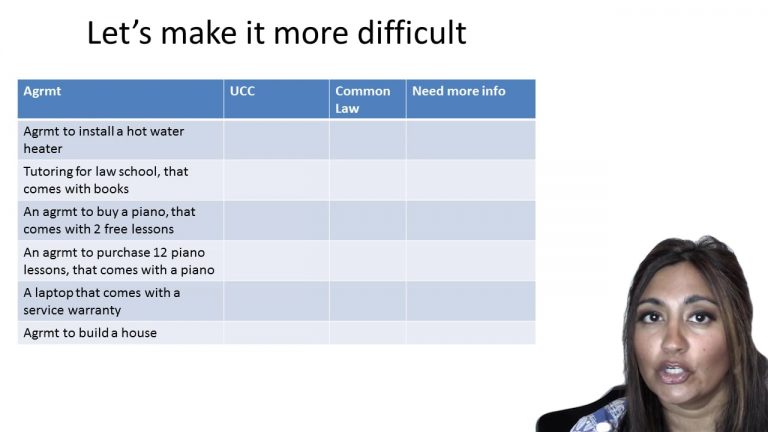SmartBrief
Confirm favorite deletion?
Criminal Procedure Keyed to Ohlin
Holland v. Florida
Citation:
560 U.S. 631 (2010)Facts
AEDPA states that a 1-year period of limitation shall apply to an application for a writ of habeas corpus by a person in custody pursuant to the judgment of a State court. On January 19, 2006, Albert Holland filed a pro se habeas corpus petition in the Federal District Court. Both Holland (petitioner) and the State of Florida (respondent) agree that, unless equitably tolled, the statutory limitations period applicable to Holland’s petition expired approximately five weeks before the petition was filed. In 1997, Holland was convicted of first-degree murder and sentenced to death. The state trial court denied Holland relief, and Collins, Holland’s attorney appointed by Florida, appealed that denial to the Florida Supreme Court. During the 2-year period, relations between Collins and Holland began to break down. Collins communicated with Holland only three times. Holland, unhappy with this lack of communication, twice wrote to the Florida Supreme Court, asking it to remove Collins from his case.
Only StudyBuddy Pro offers the complete Case Brief Anatomy*
Access the most important case brief elements for optimal case understanding.
*Case Brief Anatomy includes: Brief Prologue, Complete Case Brief, Brief Epilogue
- The Brief Prologue provides necessary case brief introductory information and includes:
Topic:
Identifies the topic of law and where this case fits within your course outline.Parties:
Identifies the cast of characters involved in the case.Procedural Posture & History:
Shares the case history with how lower courts have ruled on the matter.Case Key Terms, Acts, Doctrines, etc.:
A case specific Legal Term Dictionary.Case Doctrines, Acts, Statutes, Amendments and Treatises:
Identifies and Defines Legal Authority used in this case.
- The Case Brief is the complete case summarized and authored in the traditional Law School I.R.A.C. format. The Pro case brief includes:
Brief Facts:
A Synopsis of the Facts of the case.Rule of Law:
Identifies the Legal Principle the Court used in deciding the case.Facts:
What are the factual circumstances that gave rise to the civil or criminal case? What is the relationship of the Parties that are involved in the case.Issue(s):
Lists the Questions of Law that are raised by the Facts of the case.Holding:
Shares the Court's answer to the legal questions raised in the issue.Concurring / Dissenting Opinions:
Includes valuable concurring or dissenting opinions and their key points.Reasoning and Analysis:
Identifies the chain of argument(s) which led the judges to rule as they did.
- The Brief Prologue closes the case brief with important forward-looking discussion and includes:
Policy:
Identifies the Policy if any that has been established by the case.Court Direction:
Shares where the Court went from here for this case.
Topic Resources
Topic Outline
Topic Refresher Course
Topic Charts & Notes

 14m 27s
14m 27s